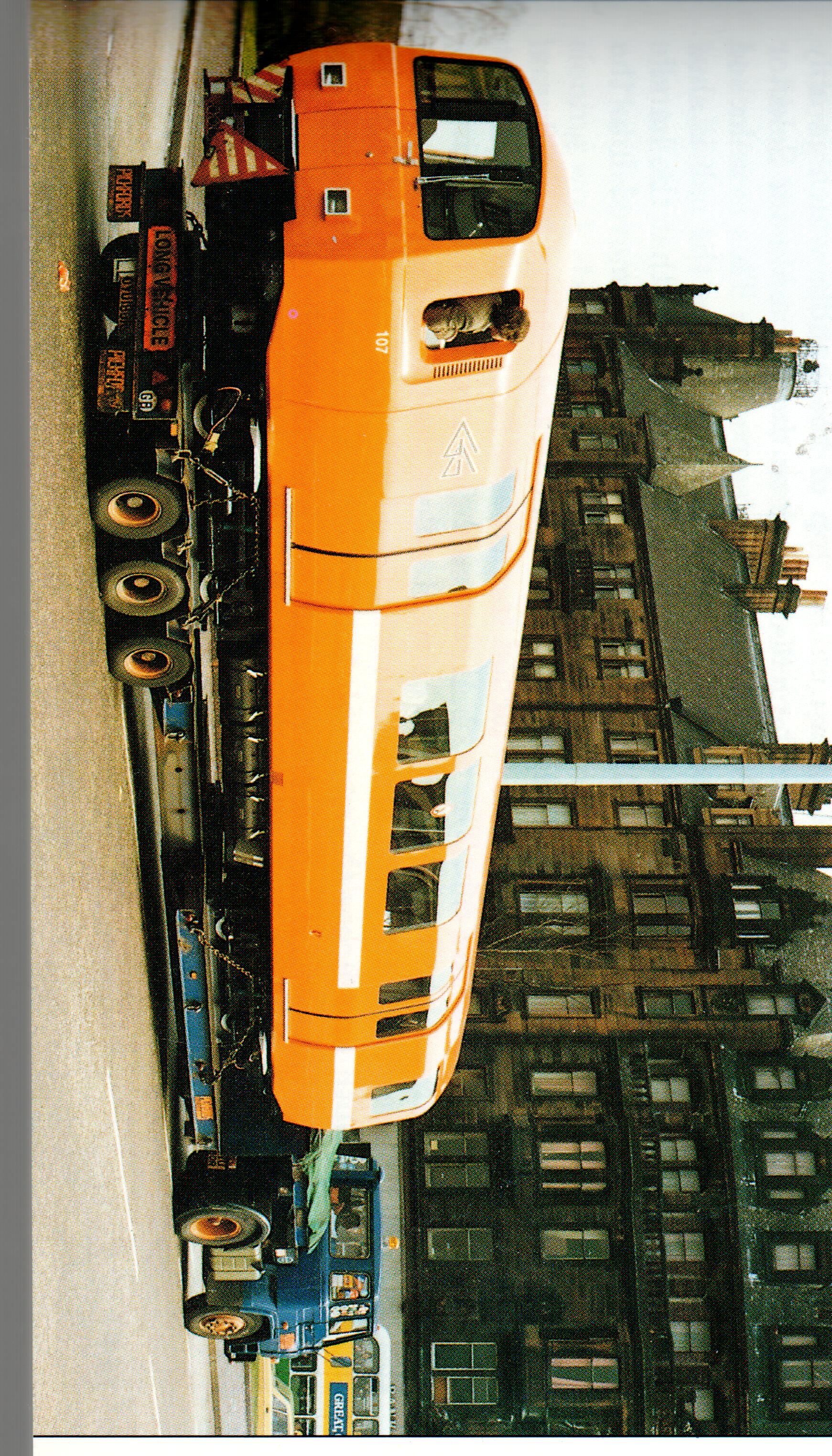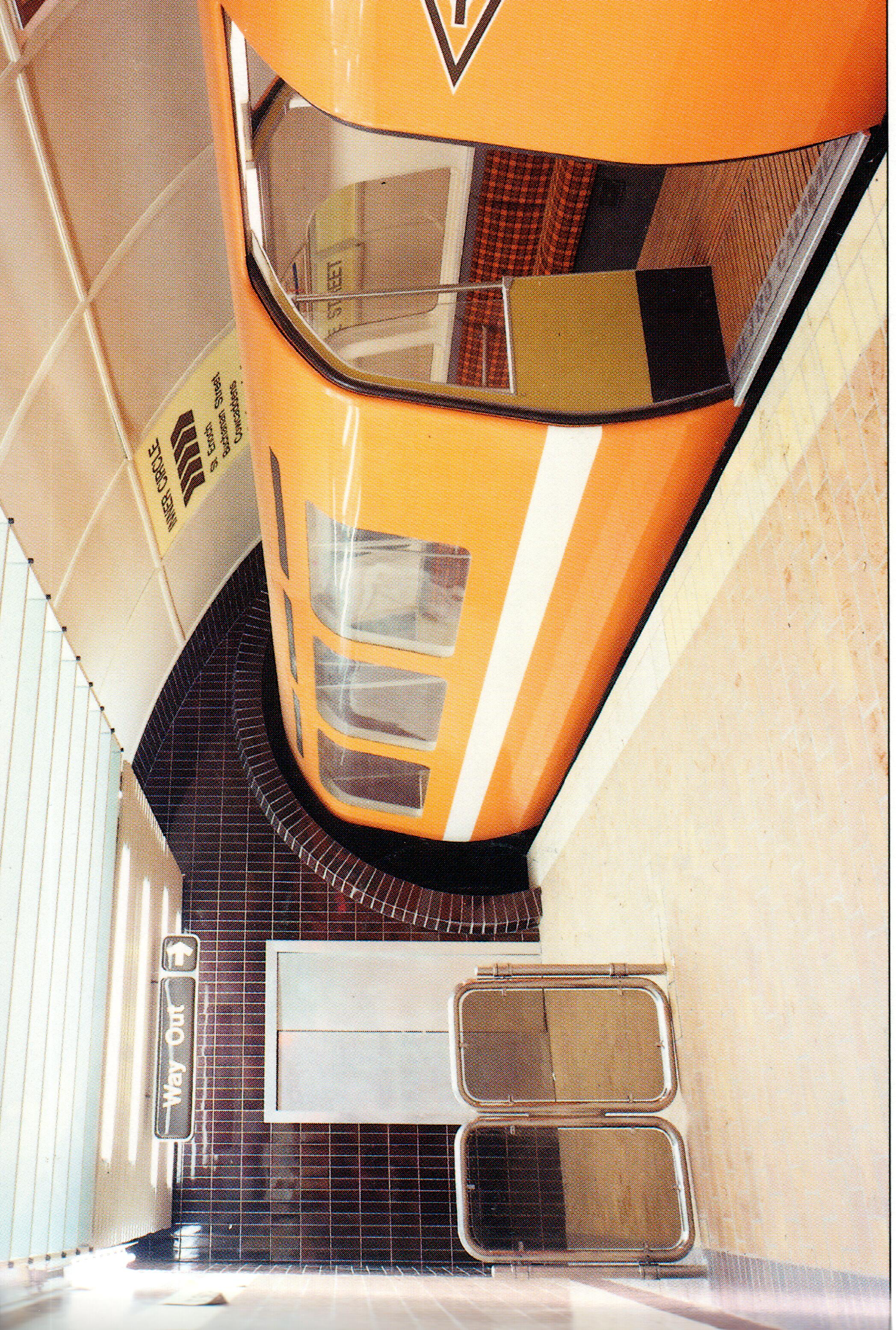The Subway Trains Today
1979 – Today

At the start of the modernisation plan the Greater Glasgow Passenger Transport Authority (GGPTA) became aware that new trains were needed to run the network. As the trains dating from the 1890’s with the electrics dating from the mid 1930’s and spares becoming hard to find, some coming from the tramway that closed in 1962.
At the start of the 1970’s the GGPTA started a tender programme to supply new trains for the Underground and Metro Cammell/GEC were awarded the contract in February 1975. Metro Cammell were the successor company to Oldbury Carriage and Wagon Works who built the original gripper trains for the Subway (Cars No 1 – 30).
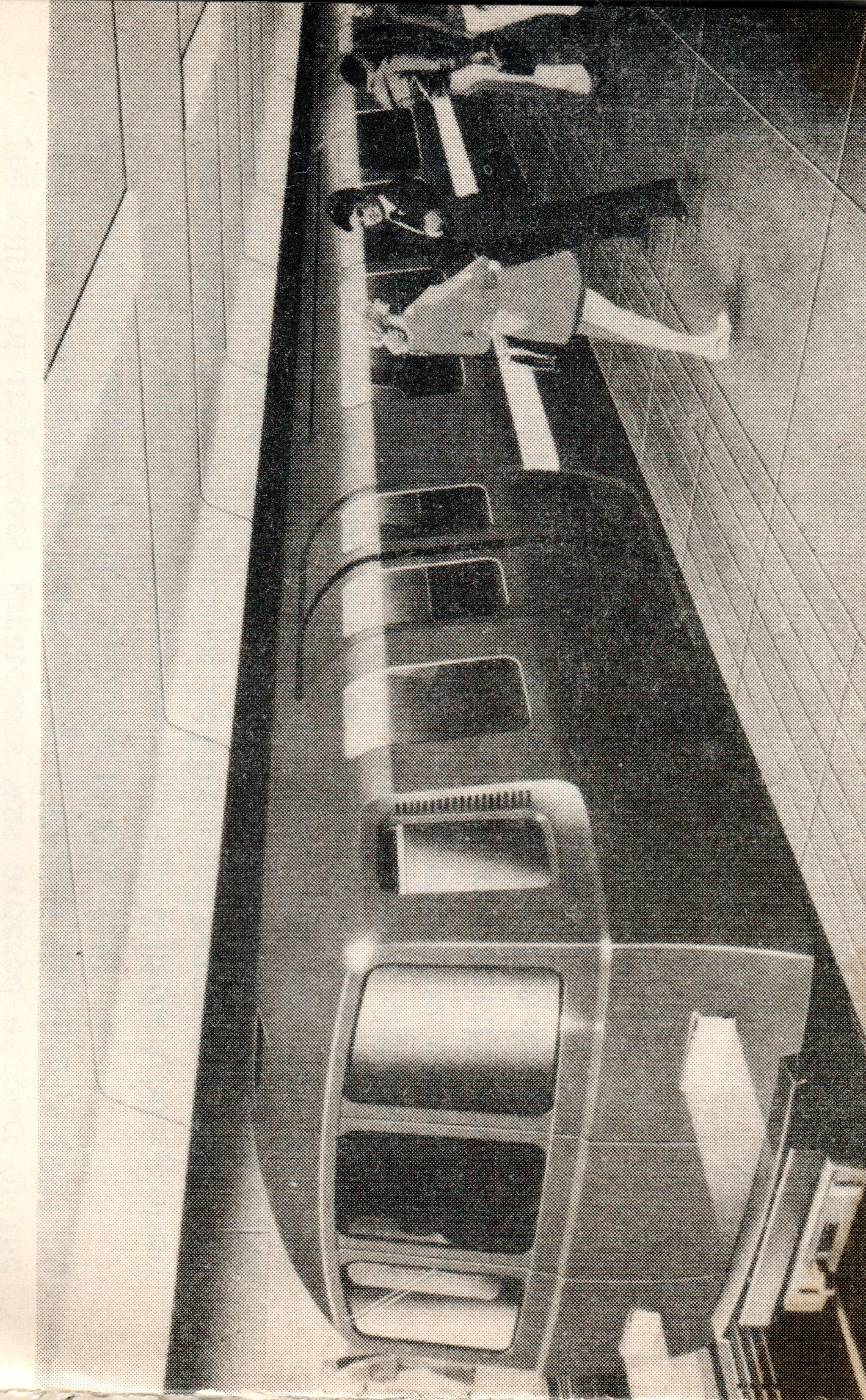
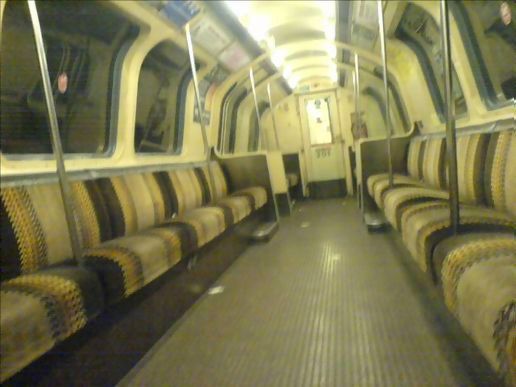

Metro Cammell were contracted to build 33 Power cars with motors and controllers from GEC. A prototype car was built in 1975 to show how the new underground would look like. Originally the trains had handrail fitted to the seats but this was not liked by the public and was replaced with grab rails (this was used to break up the row of 12 seats). Part of the plan was to reduce the running time around the circle from 28 minutes to 26 minutes. In 1973 the GGPTE ran tests with 2 of the old power cars and confirmed that the new service could run the complete circle in 22 minutes
As part of the modernisation plan there was a requirement to have a clearance of 75mm between the tunnel roof and the top of the train (the old train were known to rub against the tunnel walls) on a 11 feet diameter tunnel
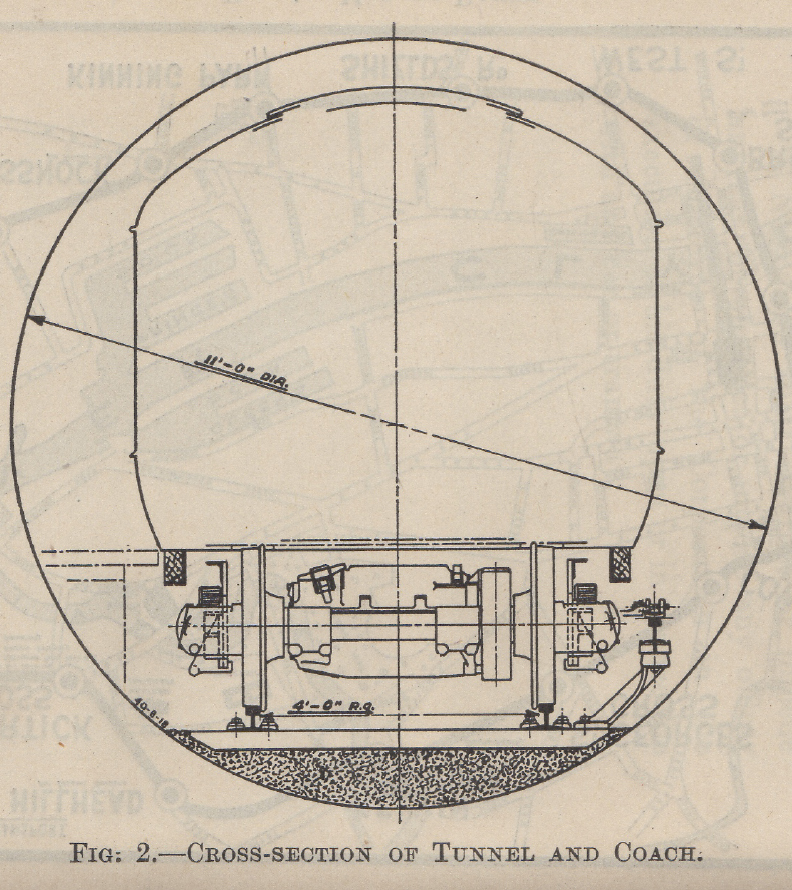
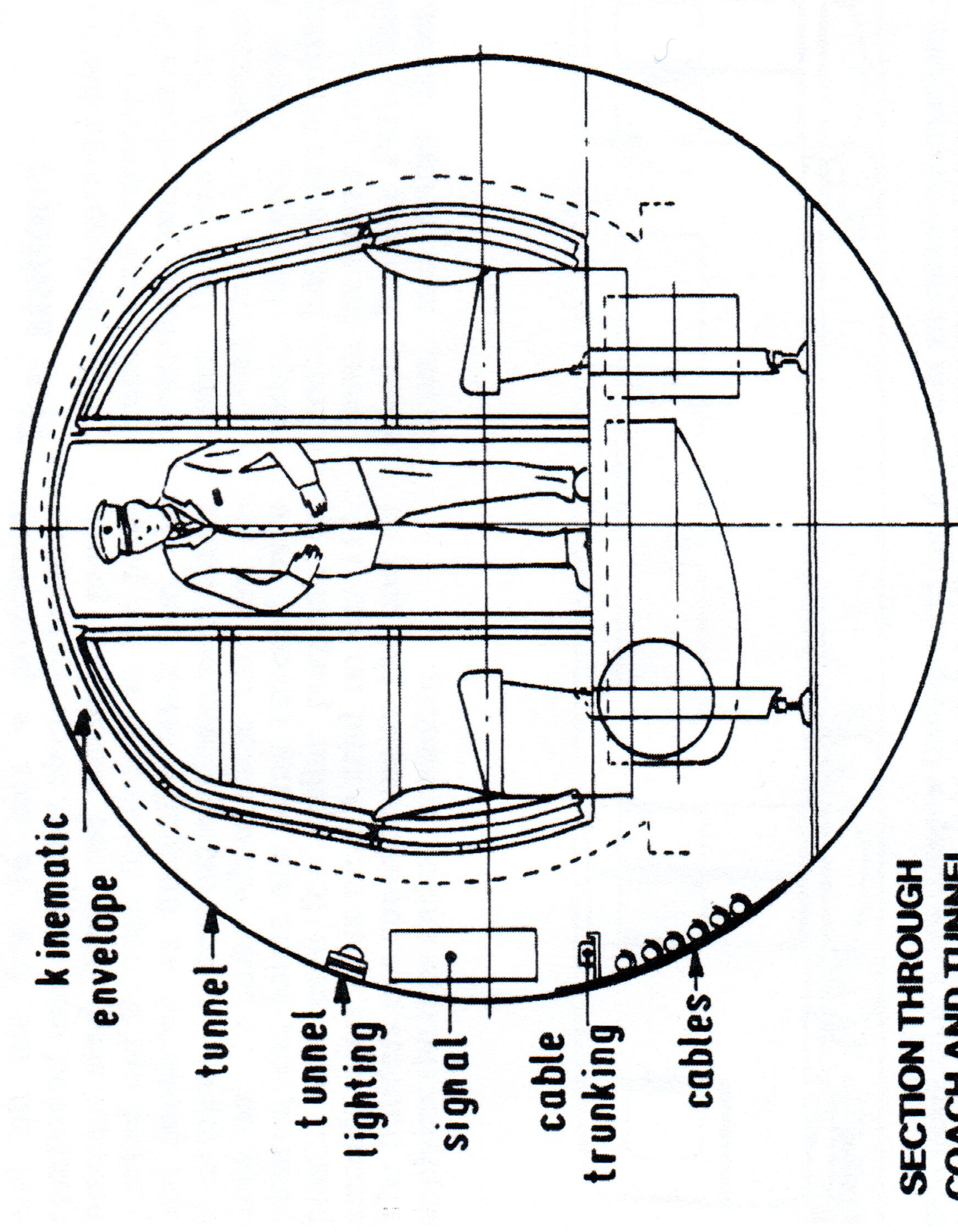
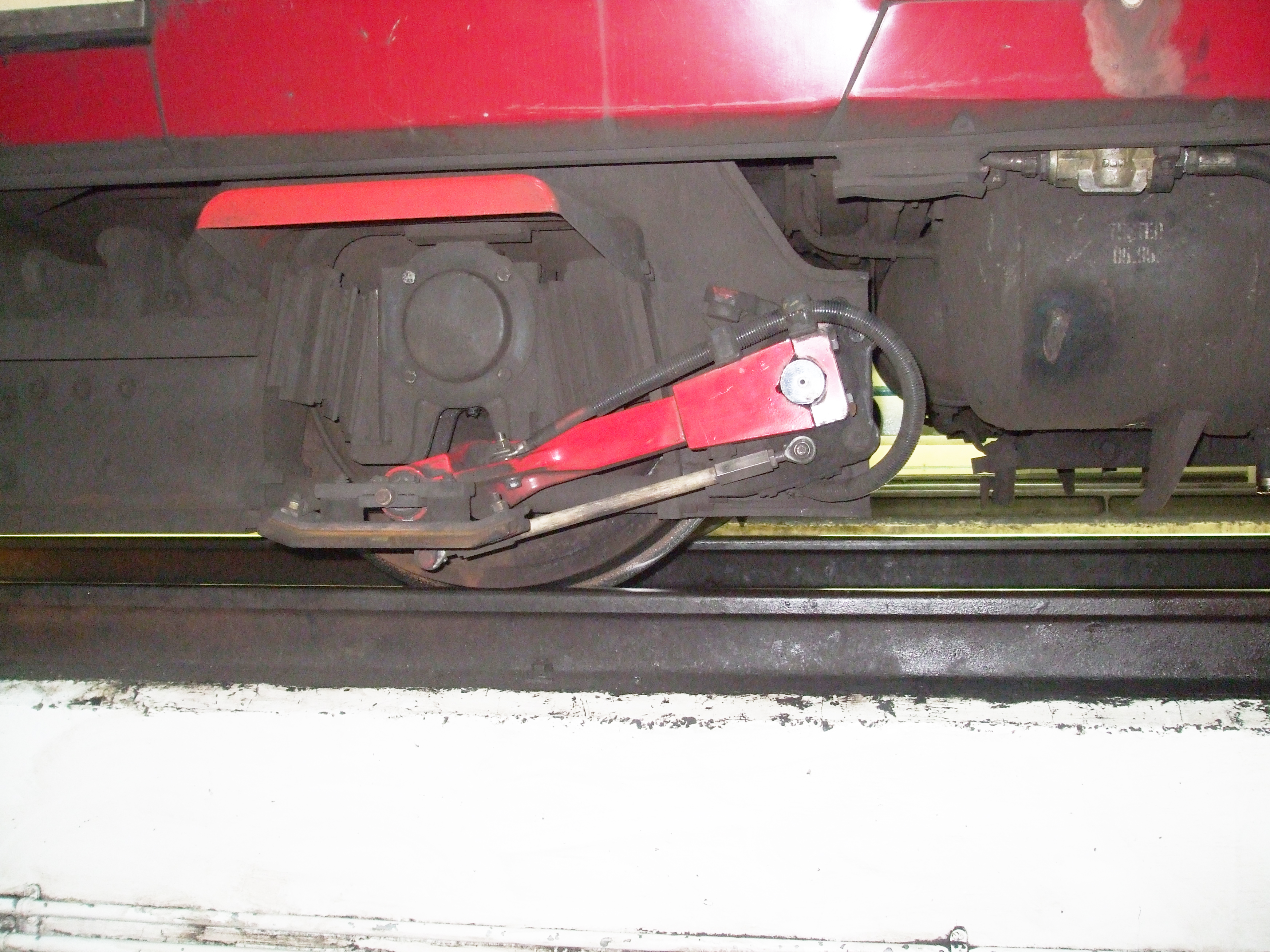
Testing then started on the 3rd rail system – Collector Shoes were tested on the frames of old motor bogies frames and required modification before being fitted to the new trains, full modifications were completed by May 1981. The collector Shoes can move up and down in height between 300mm (in tunnels) to 110mm (in the depot yard)
The trains are driven in automatic mode when in service and all the driver does is to open and close the doors and start the train
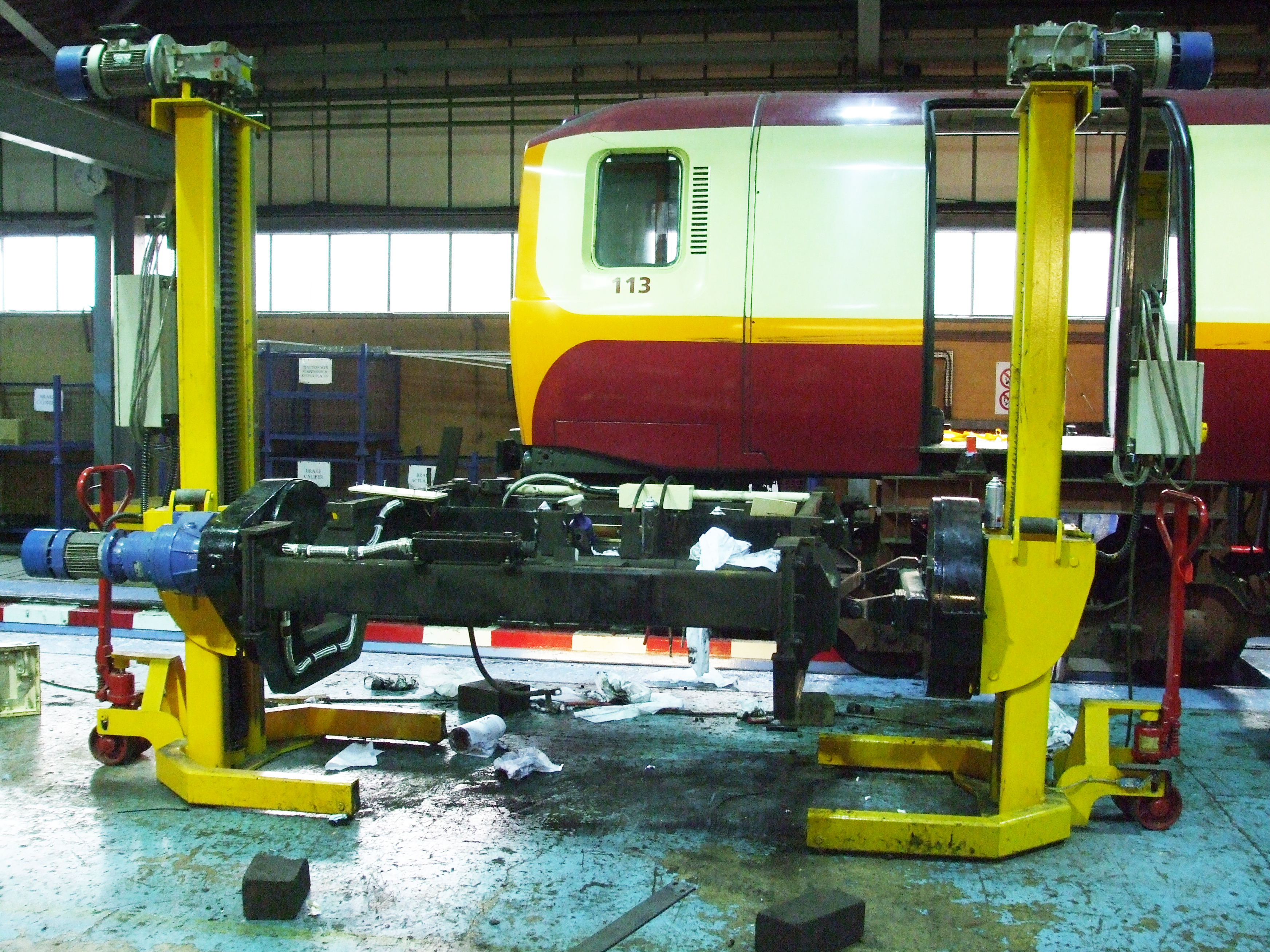
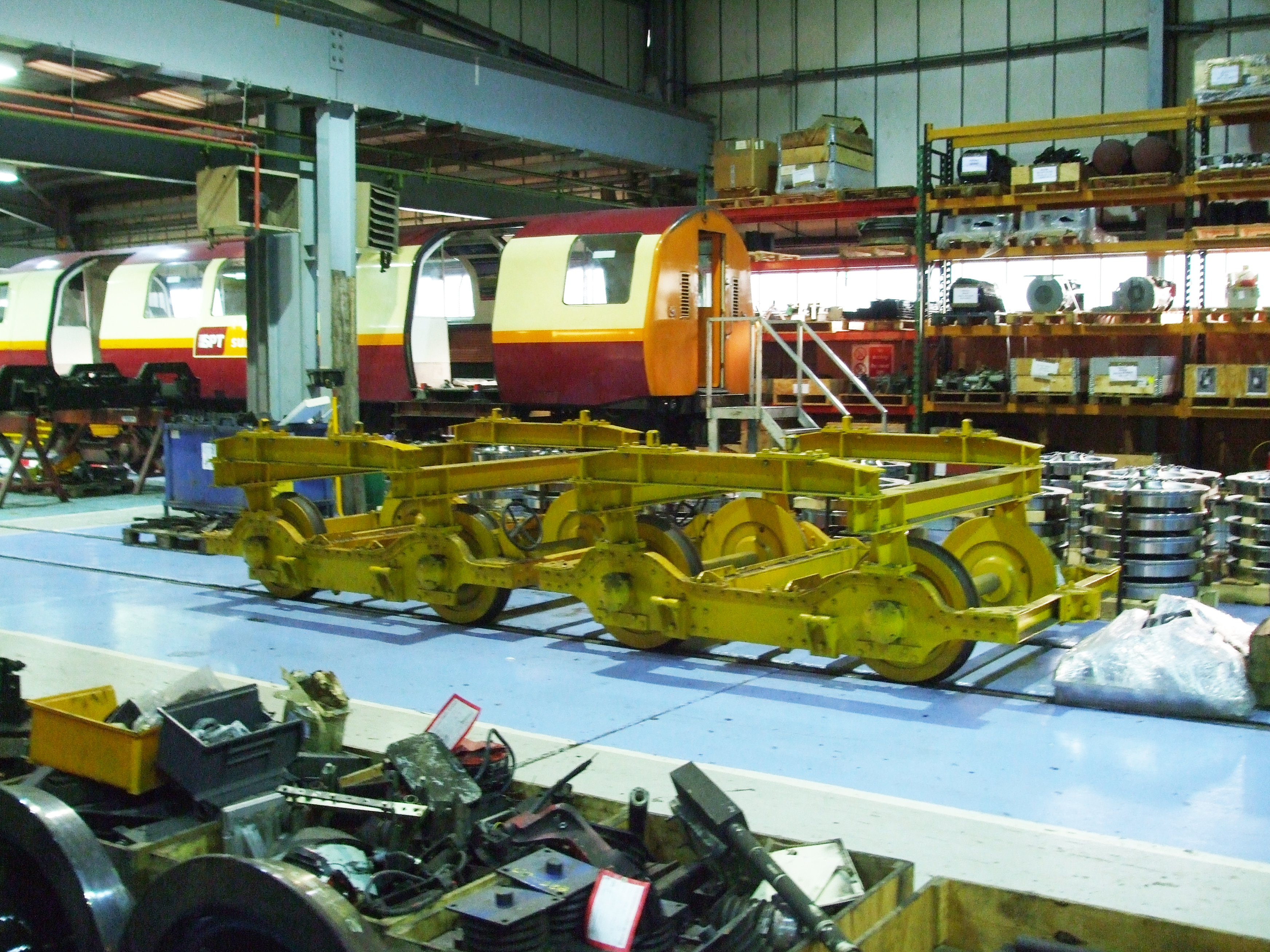

New Power cars arrived between 1978 and 1979, the estimated cost of the new trains in 1973 was £77,000 (per car) and had risen to £249,200 (per car) by 1980
Automatic train operations
As part of the modernisation of the Underground the GGPTA were planning to start “one-man operation” with a timetable between station of 2 minutes. A recommendation of the Department for Transport (DFT) recommended that automatic train operations should be considered for safety as well as automatic docking of trains at stations. The system was designed by GEC with Mers & McLellan
The system works by using technology designed by British Rail (BR) and uses beacons with a receiver on the train. The train is started by pressing 2 start buttons and then proceeds over 10 beacons (3 Braking, 3 Speed Limit, 1 Stopping and 1 Starting with the rest communication beacons) until reaching the next station (Trains are set to stop within 1 metre of the stopping mark. The only time the trains are driven in manual mode is when the they enter the tunnel until they reach their first station (Outer – Govan and Inner – Ibrox). The trains top speed in automatic mode is 54 KPH (Can be limited to 25 KPH or 15 KPH) (reduced on section of track with tight curves e.g. Cowcaddens and Shields Road). A requirement was set out by the railway inspectorate that for “one-man operation” trains were required that “the trains journey to be fully automatic until reaching the next station”

